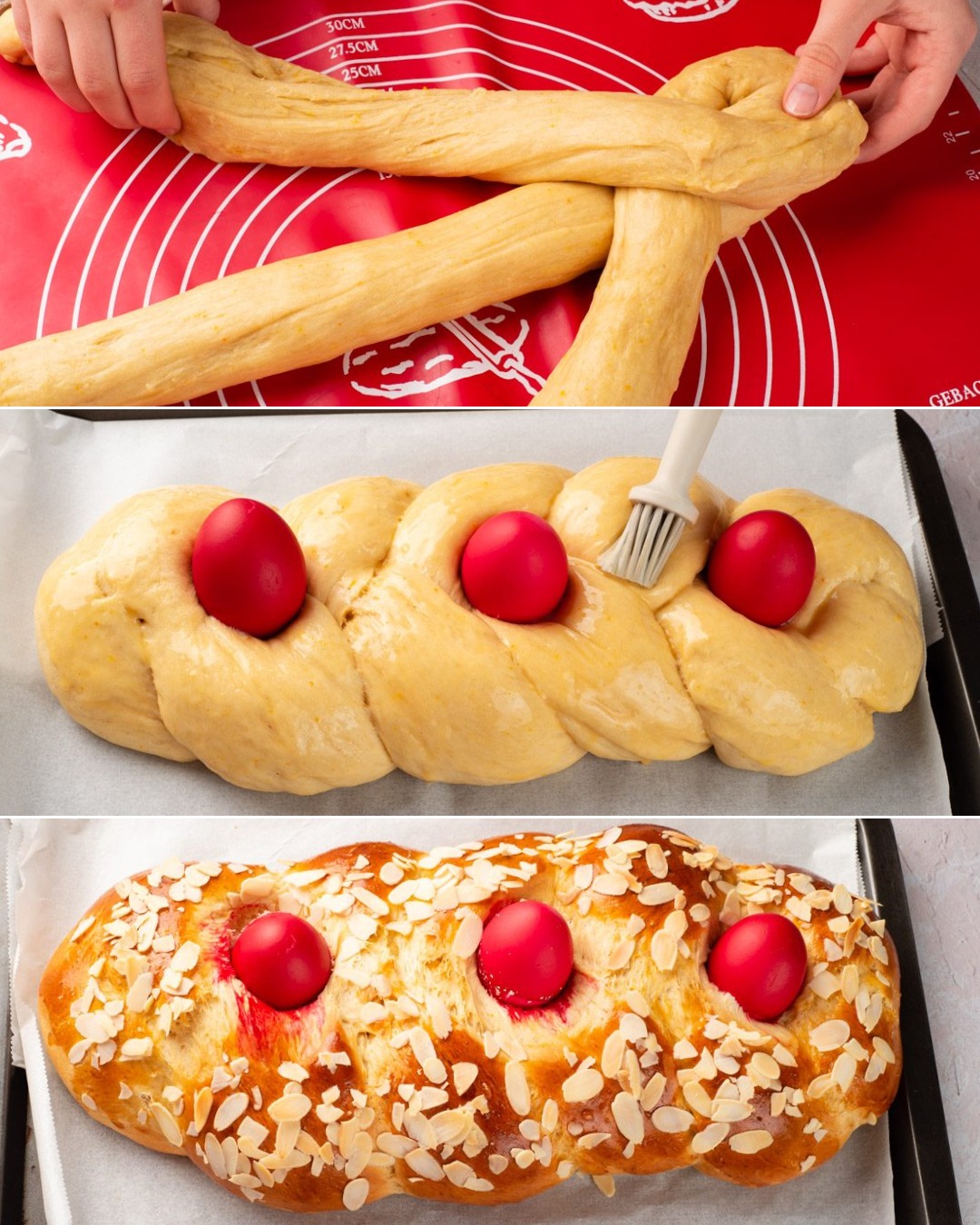Introduction:
Tsoureki is a traditional Greek sweet bread, often enjoyed during Easter celebrations. This beautifully braided bread is characterized by its rich, slightly sweet flavor and soft, fluffy texture. Tsoureki is unique because of its fragrant spices, such as mahlab and mastiha, which give it a distinctive aroma and taste. It is typically enjoyed plain, with a cup of coffee, or slathered with butter or jam.
Ingredients:
- 4 cups (500g) bread flour
- 1 cup (240ml) whole milk
- 3/4 cup (150g) granulated sugar
- 1/2 cup (115g) unsalted butter, melted
- 2 large eggs
- 1 packet (2 1/4 teaspoons) active dry yeast
- 1 teaspoon mahlab, ground
- 1/2 teaspoon ground mastiha (optional)
- 1/2 teaspoon salt
- Zest of 1 orange
- 1 teaspoon vanilla extract
Egg Wash:
- 1 egg, beaten
- 1 tablespoon water
Optional Additions:
- 1/2 cup slivered almonds (for topping)
- Red-dyed Easter eggs (for decoration)
Instructions:
1. Activate the Yeast:
- Warm the milk until it is lukewarm (about 110°F/45°C). Add 1 tablespoon of the sugar and the active dry yeast to the milk, stirring gently. Let it sit for about 5-10 minutes until it becomes foamy.
2. Prepare the Dough:
- In a large mixing bowl, combine the flour, remaining sugar, ground mahlab, ground mastiha (if using), salt, and orange zest.
- In another bowl, beat the eggs and then add the melted butter and vanilla extract.
- Make a well in the center of the dry ingredients and pour in the yeast mixture and the egg mixture. Mix until a dough forms.
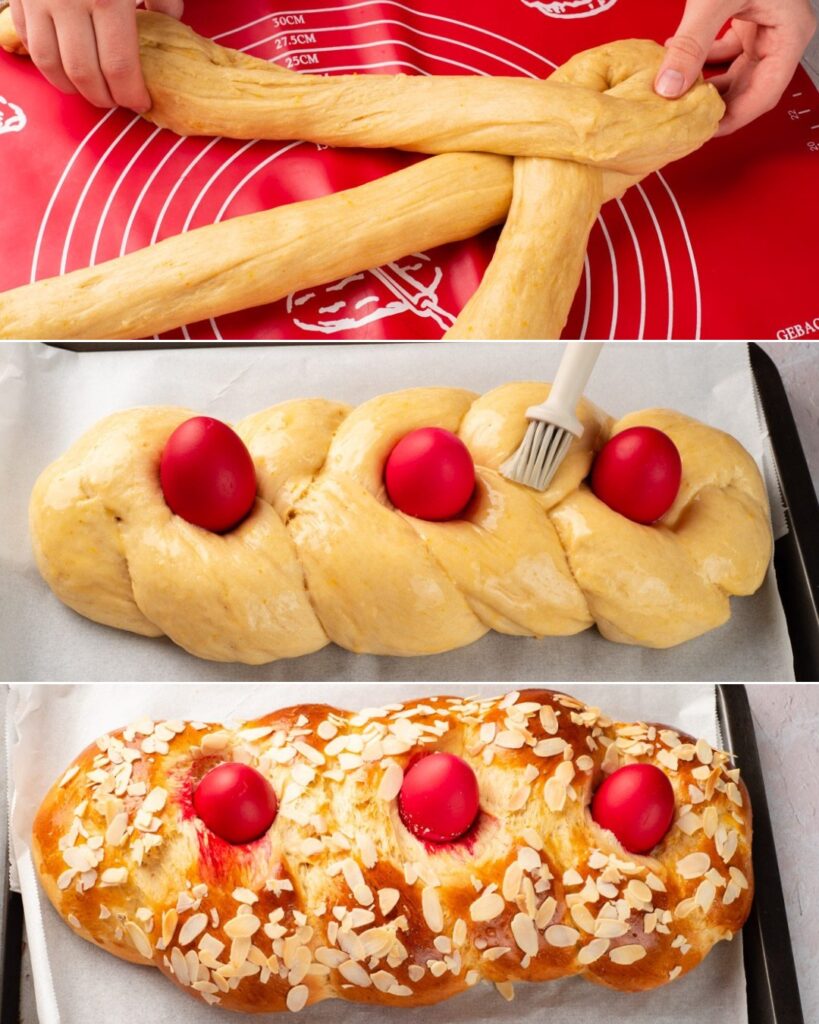
3. Knead the Dough:
- Turn the dough out onto a lightly floured surface and knead for about 10 minutes, or until the dough is smooth and elastic. Alternatively, use a stand mixer with a dough hook attachment to knead the dough for about 8 minutes.
4. First Rise:
- Place the dough in a greased bowl, cover it with a clean kitchen towel or plastic wrap, and let it rise in a warm, draft-free place for about 2 hours, or until doubled in size.
5. Shape the Tsoureki:
- Once the dough has risen, punch it down to release the air. Divide the dough into three equal portions and roll each portion into a long rope.
- Braid the three ropes together to form a long braid. If you are using red-dyed Easter eggs, you can tuck them into the braid at this stage.
- Place the braided dough on a parchment-lined baking sheet.
6. Second Rise:
- Cover the braid with a kitchen towel and let it rise for another 30-45 minutes, or until doubled in size.
7. Preheat the Oven:
- Preheat your oven to 350°F (175°C).
8. Apply Egg Wash and Bake:
- Mix the beaten egg with water to create an egg wash. Brush the egg wash over the braided dough.
- If desired, sprinkle slivered almonds on top of the braid.
- Bake in the preheated oven for 25-30 minutes, or until the bread is golden brown and sounds hollow when tapped on the bottom.
9. Cool and Serve:
- Allow the Tsoureki to cool on a wire rack before slicing and serving.
Tips for Success:
- Ensure the milk is warm but not too hot when activating the yeast, as high temperatures can kill the yeast.
- Knead the dough thoroughly to develop the gluten, which contributes to the bread’s soft and fluffy texture.
- Let the bread cool completely before slicing to ensure it holds its shape and texture.
Nutritional Information:
(Nutritional values may vary depending on specific ingredients and portion sizes.)
- Serving Size: 1 slice (assuming 12 slices)
- Calories: Approximately 250-300
- Total Fat: Approximately 10-12g
- Saturated Fat: Approximately 6-7g
- Cholesterol: Approximately 55-65mg
- Sodium: Approximately 150-200mg
- Total Carbohydrates: Approximately 35-40g
- Dietary Fiber: Approximately 1-2g
- Sugars: Approximately 10-12g
- Protein: Approximately 6-8g
Recommendation:
Tsoureki is a versatile bread that can be enjoyed in various ways. Serve it fresh with a cup of coffee or tea, use it to make French toast, or even incorporate it into bread pudding for a delicious dessert. Its fragrant spices and soft texture make it a delightful addition to any meal, especially during festive occasions like Easter.
- Strawberry Cheesecake

- Soft Butter Bread

- Sausage Green Bean Potato Casserole

- Best Caprese Pasta Salad

- Chocolate Peanut Butter Cheesecake

- Fluffy Doughnuts for Beginners

- Bacon Cheeseburger Bombs

- Steak and Onion

- Easy Strawberry Cake Roll

- Apricot Cake

- Keto Cream Cheese Chocolate Pound Cake
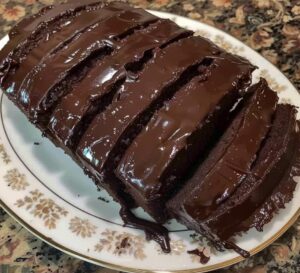
- Mango Coconut Cheesecake Cake

- Irish Beef Stew

- Italian Potato and Meat Pies
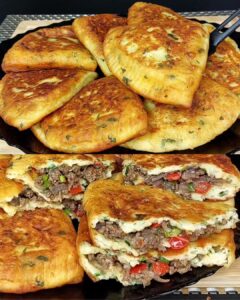
- Title: Mongolian Ground Beef Noodles

- Chuck Steak Roast

- Cheesy Chicken and Potatoes

- Incredible Super Energy Dessert (No Sugar)

- Ice Cream Cake
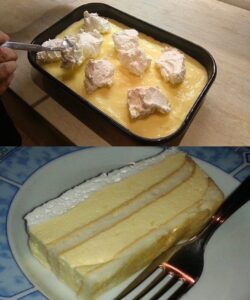
- Delia Smith’s Parkin

- Italian Sausage Bake

- Grinch Cake

- Chocolate Stout Cheesecake with Beer Syrup

- Buttermilk Pancakes

- Dreamy Cream Cheese Chocolate Pound Cake

